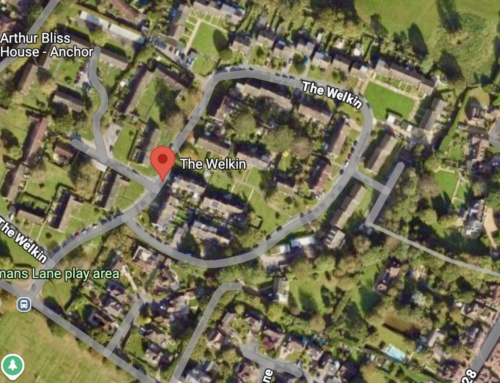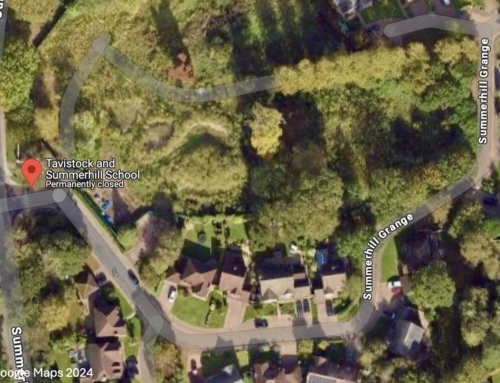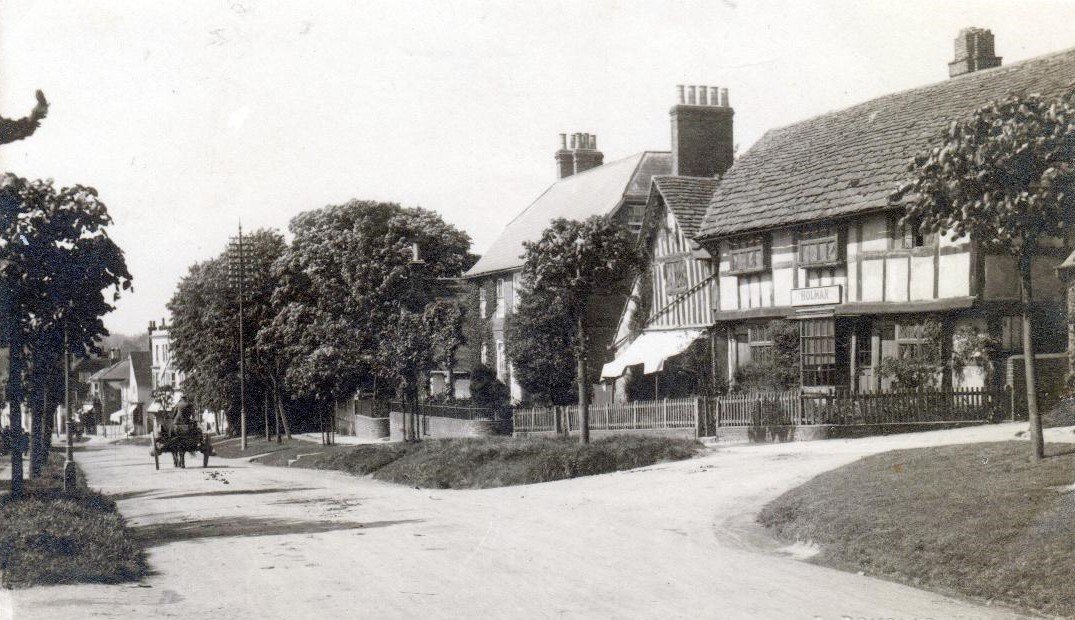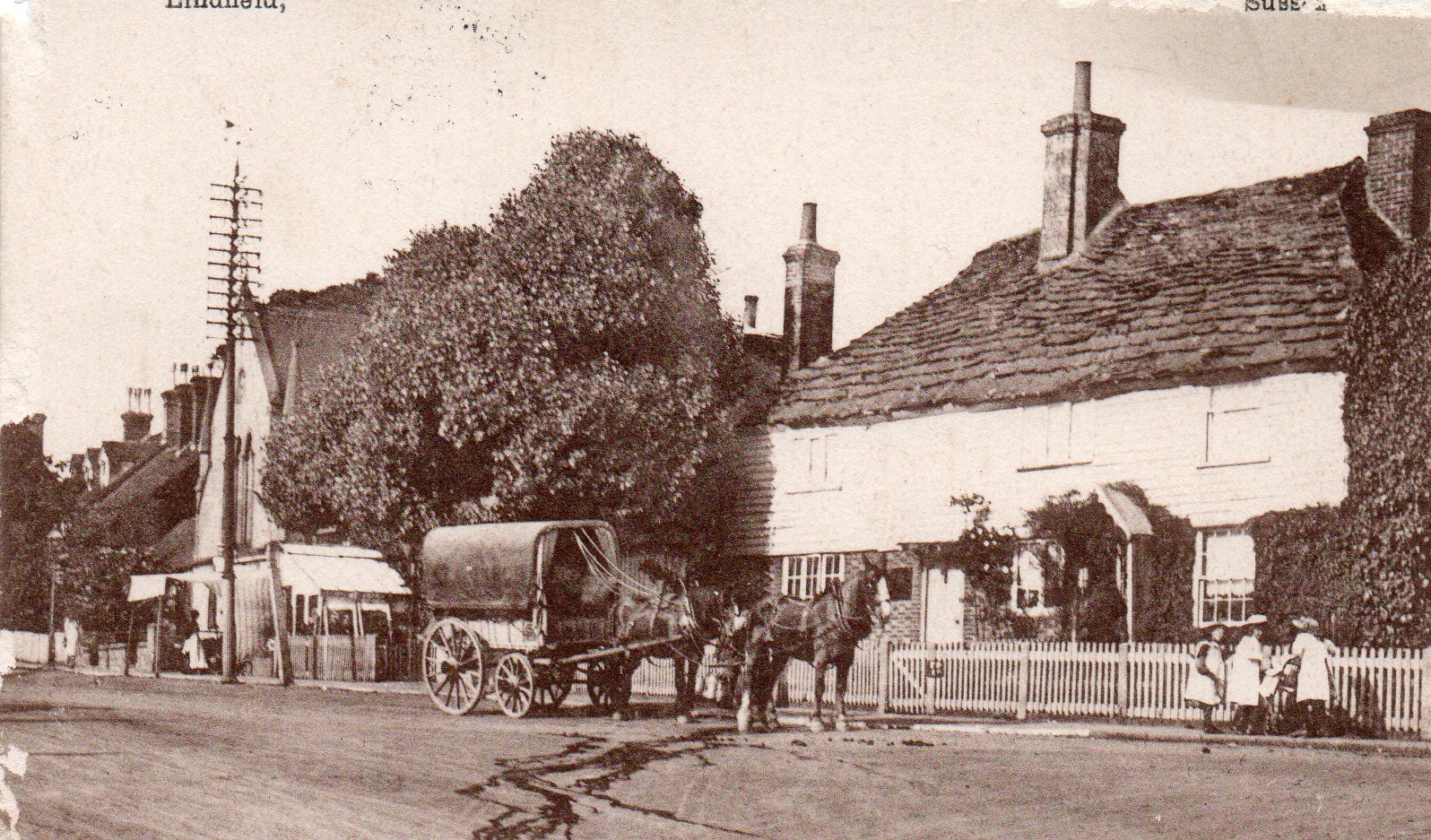by Ian Dumbrell
Share


Gladman Developments appeal: land off Scamps Hill, Lindfield (DM/24/0446)
PINS Ref: APP/D3830/W/24/3350075 MSDC ref: AP/24/0044
The Lindfield Society objects strongly to this appeal, for the reasons stated in our submissionof 14 March 2024 opposing the original application (DM/24/0044). Moreover, the appellants’statement of case contains weaknesses that further undermine their position. The main failings of their case occur in contentions about housing land supply and about violations of planning policy that are inherent in their scheme.
Housing land supply
The appeal repeats the claim in the original application that Mid Sussex District Councilcannot demonstrate a four-year land supply (e.g. para 2.3.3). Evidence to support this statement was notable by its absence from the application and the statement of case does nothing to rectify this. If there were any convincing evidence that the Council’s land supply position “represents a significant over-estimation of true deliverable supply”, the time to present that case would surely have been when making the planning application.
Nor does the statement of case address the appeal decision of 5 October 2023 in the Council’s favour (APP/D3830/W/23/3319542, Albourne), which found that “the Council has demonstrated that it can identify a supply of specific deliverable sites sufficient to provide a minimum of 5 years’ worth of housing against the standard method” (para 97).
The appellants have felt compelled to take issue with the Council’s land supply because the proposed site was rejected in both the adopted District Plan and the current District Plan review. Neither the application nor the statement of case demonstrates why their unsupported claim should outweigh the finding of the Planning Inspector in the case above that overall, “development plan policies… are not out-of-date” (para 129).
The appellants also attempt (section 2.6) to enlist the Written Ministerial Statement “Building the homes we need” (30 July 2024) and the Consultation Draft of the NPPF (2 Aug 2024) as material considerations casting doubt on the soundness of the District Plan. They fail to note, however, that transitional arrangements are in force stipulating the examination of the draft District Plan against the September 2023 NPPF. In any case, while the new draft NPPF may “indicate the direction of travel being advocated by the Government” (as the appellants suggest in 2.6.8), this does not mean that their particular site would for some reason become acceptable. The draft NPPF expects that sites will continue to be evaluated for suitability and that there will not be “a one-to-one relationship between targets and allocations” (Chapter 4, para 9).
Violations of planning policy
Even if the Council could not demonstrate a five-year housing land supply, it stands to reason that not all housing is beneficial; some proposals will produce more harm than good. This site was found unsuitable for development and excluded from the District Plan for good reasons.We noted in our objection of 14 March 2024 that the proposal contravenes the requirements of DP6: Settlement Hierarchy, DP12: Protection and Enhancement of Countryside and DP34: Listed Buildings and other Heritage Assets.
The planning application conceded that the proposal contravenes DP6 and DP12 and this position remains unchanged in the statement of case (e.g. 5.1.2). Similarly, the applicantscontinue to concede damage to heritage assets (e.g. in section 3.4). They have had ample time to demonstrate why the putative benefits of this proposal would outweigh the harm that it would cause and why this consideration would overcome its conflict with the development plan as a whole. Again, the time to have done this would have been when making the planning application itself. Nothing in the statement of case completes this picture.
The lack of compliance with District planning policy is exacerbated by the cumulative impactthis scheme would have. Lindfield has been heavily developed over the past decade, with no improvements to infrastructure (as discussed in our objection of 14 March). Neither the application nor the statement of case addresses the cumulative impact of yet more housing, or why planning policy should be set aside to allow it.











